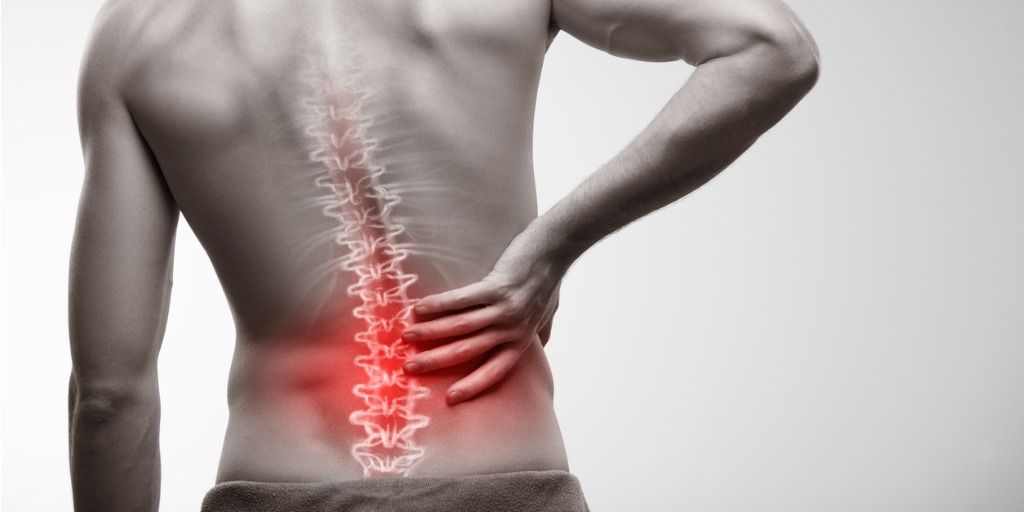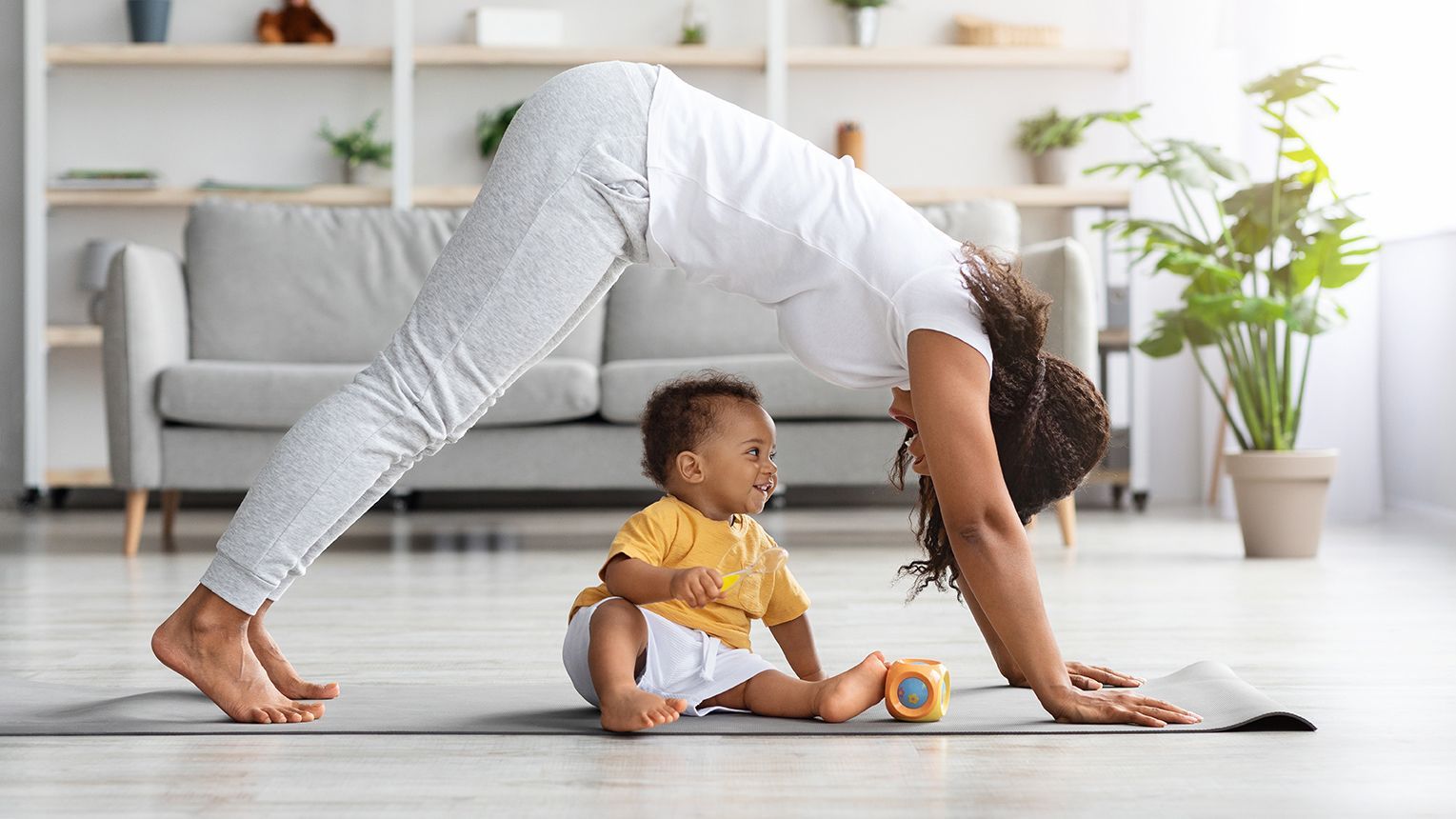Why should you be working on your freestyle kick?
A focus toward an efficient freestyle kick is often underappreciated when looking from the outside in. Usually there is a stronger emphasis on what the upper body is doing, for example the number of strokes performed, how much drive the upper body provides when pulling one through the water and how elite swimmer’s can make their stroke look effortless. However, under the surfaces, there is a lot of work happening by the hips that can sometimes go un-noticed.
When you kick through the water, the drive that your ankle, knees, and hips provide allows your body to stay higher in the water. What this in turn does is minimizes the amount of ‘drag’ that you have in the water. The higher your body stays in the water, the more streamlined you become which means there is less water working against you in your stroke. This ideally allows you to then launch into your stroked with greater force through your core and hips with a stronger kick.
Now back to my main question, why should you work on your freestyle kick? Well, here are some benefits that focusing on a kicking technique will give us, specifically, ‘added drive or propulsion’ and ‘a higher swimming posture’. These two benefits can be seen when time is put into developing and maintaining an effective flutter kick. So, you see, if you aren’t focusing some training attention to your kicking technique, then you are missing out!
How to improve your ankle mobility and strength for your freestyle kick?
· Dynamic Ankle Mobility
Most people know what passive stretching is but doing active and dynamic movements targeting the ankle specifically can be highly beneficial to increase your ankle mobility. Adding into your warmup movements such as, a) walking on your toes and b) walking on your heels, can significantly improve upon your ankle mobility. Flexible hips and ankles can lead to a more powerful kick! You can also include exercises like drawing circles with your ankle or a ‘figure 8’, bouncing on the balls of your foot, can also be beneficial for you ankle flexibility and mobility.
· Ankle Strength and Stability
Heel raises are a fantastic exercise that allow you to strengthen your calves and increase ankle stability at the same time. The great thing about this exercise is that you can perform this at any given time! All you need is a step or ledge to allow your heels to work lower past and then drive up through the balls of your feet. See the video below on how to perform this exercise. https://youtu.be/eqSgFs3ZlJs
· Who here can skip?
Something that may benefit by adding into your warmups is skipping! Why you ask, well it is a great way to get your ankles to strengthen and develop stability and as above you can do this anywhere! Skipping is also good for your overall fitness and a great way to get the heart rate up prior to getting into the pool. Some other benefits of skipping are that it helps keep your posture upright, is a low impact way to train fast twitch fibers, develop ankle strength and proprioception and develop ‘fast feet’ which is great for your turns on the wall!
The most important thing to remember is spend more time on your kick! Don’t forget about the lower body, so kick often and kick more! No number of dry-land exercises is going to compare to that extra 10-15mins you spend on your kick with your kickboard. Don’t forget to alternate between high intensity kicks and if you get cramped for space or want a new challenge, why not try some vertical kicking. Make sure you enjoy and have fun along the way!
Afiq Jackson
Workers Compensation Specialist (AEP, ESSAM)
Exercise Rehabilitation Services ‑ WA
References:
Mullen G J, (2018)
Swimming Science: Optimum Performance in the Water
Lucero, B (2011)
Strength Training for Faster Swimming
Rosen, M (2019)
Open Water: The History and Technique of Swimming




